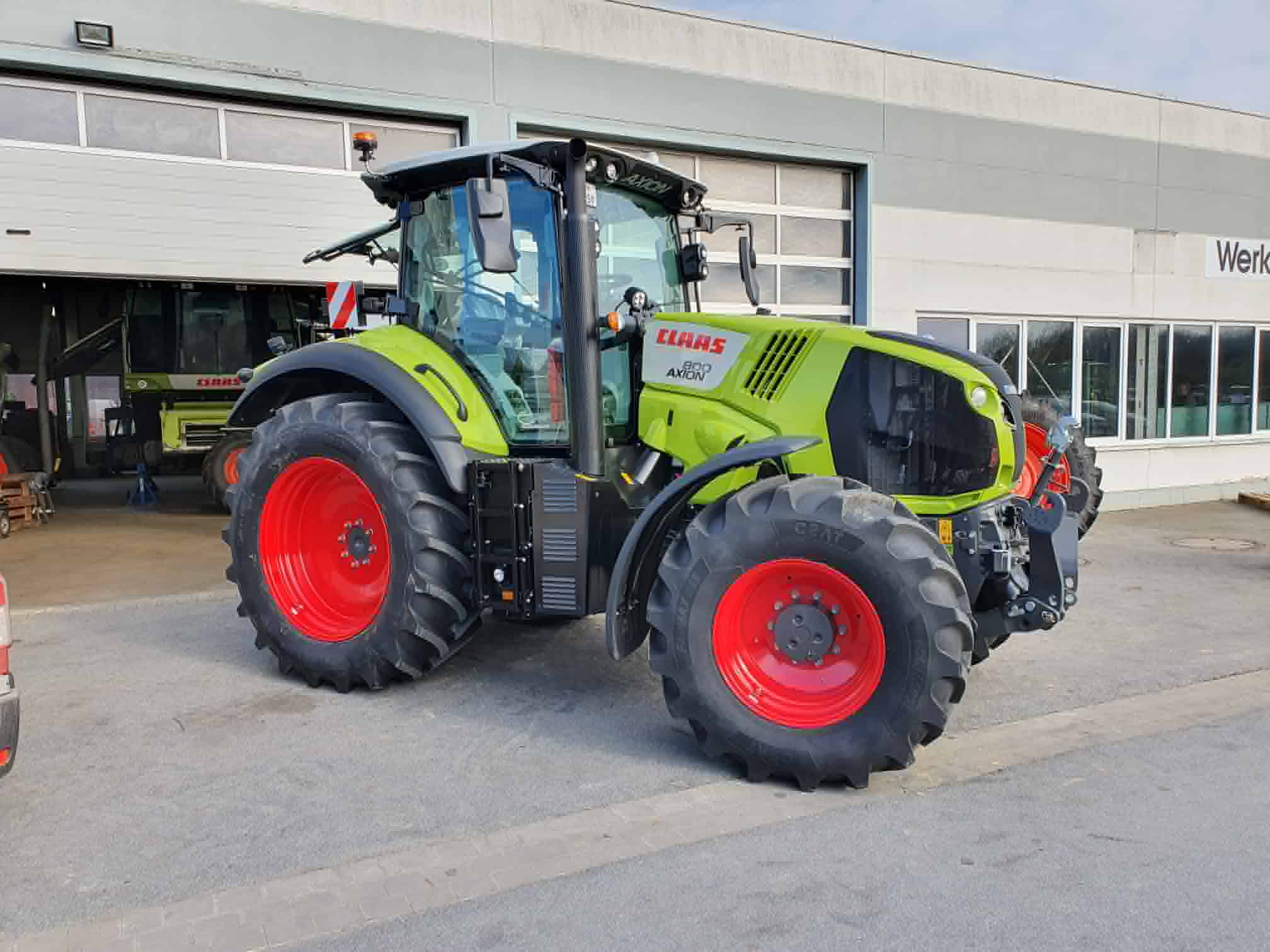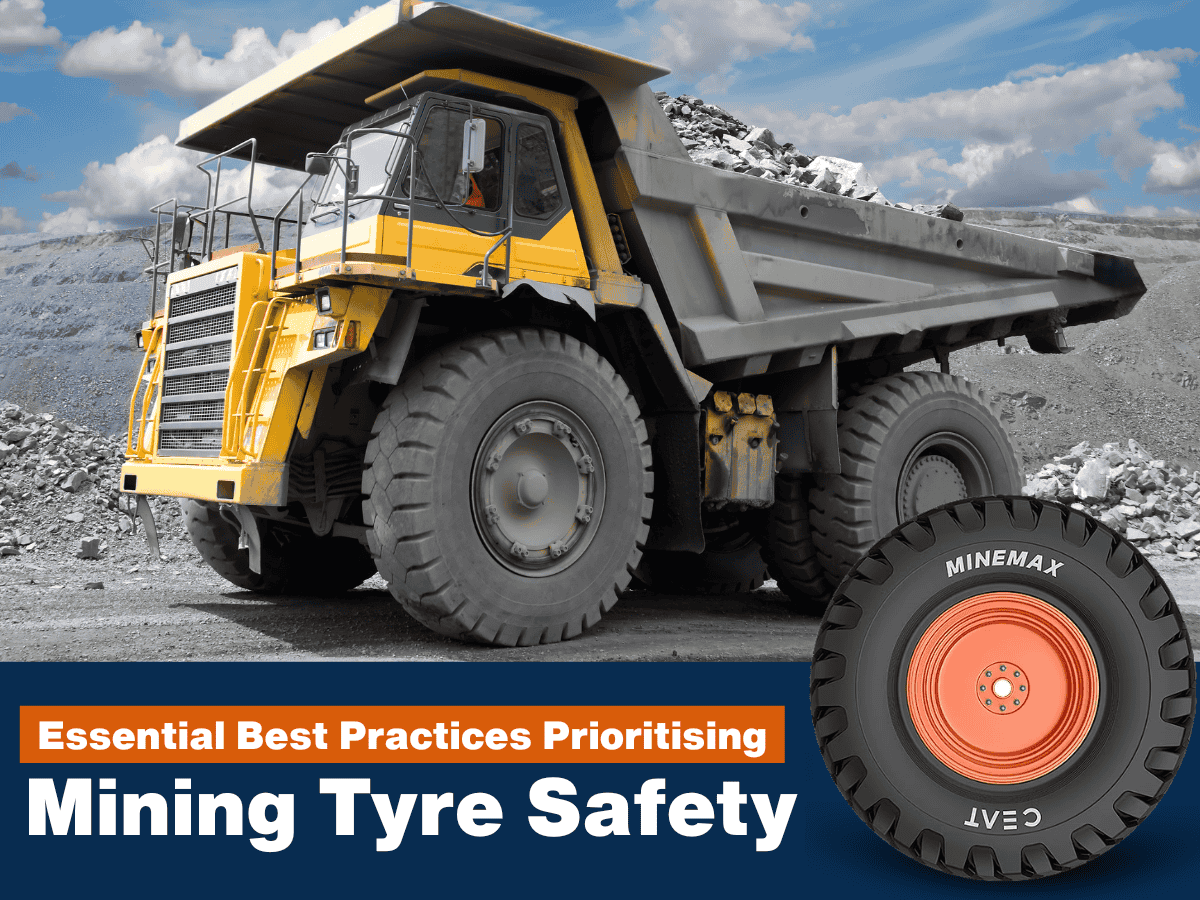ceat-speciality:blogs-tags/all,ceat-speciality:blogs-tags/tyre-care
Little Known Facts About Tractor Tyres – and Why They Matter
Tue, 13 Sep 2022 | PRODUCTS
Before beginning a search for a new set of tractor tyres – often today begun by browsing the internet for ‘tractor tyres for sale’ or ‘tractor tyres near me’ before studying tractor tyres’ price lists – it’s worth reminding yourself about some of the basic facts behind tractor tyres. Not all of them are well-known, and while some are simply interesting, others matter a great deal.
Radial tyres possess many advantages over cross-ply/bias tyres – but the latter have their place
Radial tractor tyres are by far the most common type in modern agriculture, with relatively few of today’s agricultural tractors above 40hp equipped from new or later fitted with cross-ply/bias tractor tyres. Radial tractor tyres feature more flexible sidewalls that result in better grip, better traction, and enhanced road-holding, particularly when steering around bends at high speeds. In many cases, radial tractor tyres are also available with the option of upgrading to increased flexion (IF) or very high flexion (VF) specification, offering the ability to carry 20% (IF) or 40% (VF) more weight at the same pressure, or the same weight at 20% or 40% lower pressure than standard.
Less costly cross-ply tractor tyres, though, do retain some advantages. As an example, their more rigid construction makes them ideal for use on the front axles of tractors equipped with front-end loaders. And if your tractor spends little time on the road or performing primary tillage operations in the field, and most of it in a yard pulling a feeder or scraper, for example, cross-ply/bias tractor tyres may well suit your needs.
Tyres of the same construction must match across each axle
Tractor tyres must be replaced in pairs across axles, and cross-ply and radial tractor tyres must not be mixed on the same axle. The primary issues if different tyre types are mixed across an axle include the effects on handling and the tractor’s transmission and diff-lock of different levels of sidewall flexibility – cross-ply tyres have a much stiffer and less-forgiving carcase, particularly in the sidewalls, than radial tractor tyres.
Not everyone understands basic tyre markings
Like any type of tyre, tractor tyres are stamped with a series of numbers and letters which denote their size and specifications.
Most tractor tyres found today on the European market are stamped in accordance with ETRTO (European Tyre and Rim Technical Organisation) standards. As an example, on a CEAT Farmax HPT tractor tyre marked 710/75 R42, 710 is the section width in mm, 75 is the percentage of the 710mm that denotes the profile of the tyre sidewall (946.6mm), and 42 denotes the rim diameter in inches.
What comes after the leading three numbers matters as well
Following these numbers will be the load rating, which denotes the maximum load the tyre can carry at a given speed. The load index covers a range from 100 to 200, and each number/letter matches an exact load that corresponds to the load tables available from the tractor tyre’s manufacturer.
Next is the speed index. This is linked to the load index, and shows the maximum speed at which the tractor tyre can be operated at full load. The index covers the letters A2, which translates as 10km/hr, up to G (90 km/h).
Then comes the production date. This begins with the week of the year (1-52) and the last two numbers indicating the year, an example being 2322 (23rd week of 2022).
Some tractor tyres will also be marked ‘Tubeless’, indicating that fitment of a tube is not necessary.
How you protect and store your tractor will help protect its tyres
While early tyres were made largely of rubber, the compounds that make up modern tyres blend many more ingredients, designed to improve fuel efficiency, minimise wear, ensure flexibility and maximise grip and longevity. Then, of course, there are the steel beads designed to mesh the tractor tyre rim on each side of the tractor tyre with the wheel rim, and the steel belting that goes into manufacturing premium tractor tyres such as the CEAT Torquemax. To ensure these components are maintained in the best possible condition, tractors due to be stored for extended periods (such as high-horsepower models in the winter) should have their tyres cleaned thoroughly before storage to remove stones, chemical residues etc that may affect the rubber and the carcase, and then be moved regularly to prevent tyre deformation/flat-spotting. Alternatively, the tractor should be jacked up and then seated on axle stands. Tyres on tractors intended for long-term storage should also not be exposed to heat, humidity or excessively strong direct sunlight, or chemicals such as solvents, which can affect the composition of the rubber.
Like others, worn tractor tyres must be recycled – and the cost is included in the tyre price
The cost of tyre collection for recycling is now often factored into the cost of new tractor tyres purchased from and fitted by a tractor tyre dealer. Tyre manufacturers and dealers have developed a process to ensure tyres are recycled efficiently and safely, and you should factor in the small charge that is included for recycling old tractor tyres when your dealer replaces them with new ones.
These facts about tractor tyres aren’t always given the attention they deserve. Before beginning browsing for ‘tractor tyres for sale’ or ‘tractor tyres near me’ and studying tractor tyres’ price lists, take time to remind yourself about some of them – they could help you make the best possible decision next time you need to purchase a new set of tractor tyres.







































































































































